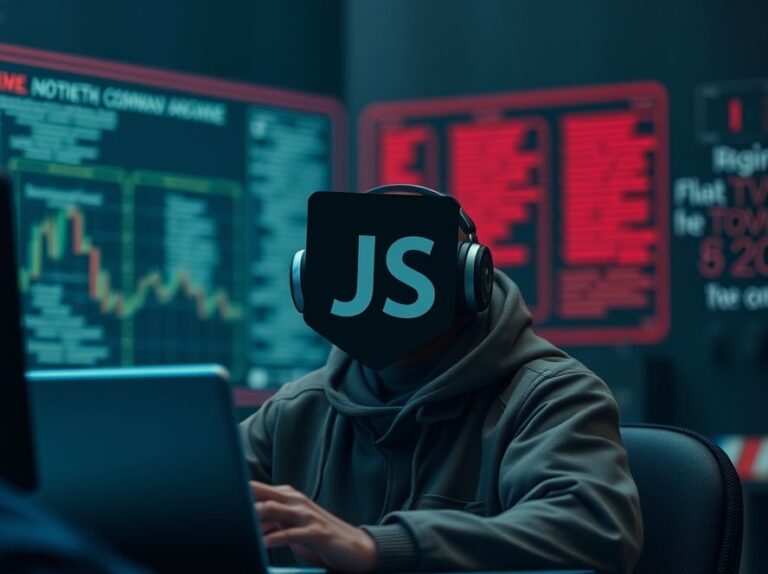Understanding jQuery: A Comprehensive Guide
jQuery is a fast, small, and feature-rich JavaScript library that simplifies HTML document traversal and manipulation, event handling, and animation. It enables developers to create dynamic web applications with ease, significantly reducing the amount of code required compared to traditional JavaScript.
Why jQuery Matters in Modern Web Development
In the evolving landscape of web development, jQuery remains a crucial tool for developers. Its importance lies in:
- Simplicity: jQuery makes common tasks easier with a straightforward API that works across various browsers.
- Cross-browser Compatibility: jQuery handles inconsistencies between different browsers, allowing developers to focus on functionality rather than compatibility.
- Rich Ecosystem: The jQuery community offers a vast array of plugins and extensions that enhance its capabilities.
The Core Features of jQuery
To fully grasp the potential of jQuery, it’s essential to explore its core features:
- DOM Manipulation: jQuery simplifies the way developers interact with the Document Object Model (DOM). For example, changing the text of a paragraph becomes as simple as
$('#myParagraph').text('New Text');. - Event Handling: jQuery makes it easy to manage events like clicks, form submissions, and mouse movements. For instance, to handle a button click, you can use
$('#myButton').click(function() { alert('Button clicked!'); });. - Animation and Effects: jQuery provides built-in methods for creating animations, such as fading elements in and out. You can achieve this with
$('#myDiv').fadeOut();. - AJAX Support: jQuery simplifies AJAX calls, allowing for asynchronous data loading without refreshing the page, using
$.ajax({ url: 'data.json', success: function(data) { console.log(data); }});.
Real-World Applications of jQuery
Understanding how to apply jQuery in real-world scenarios is crucial for developers. Here are some practical uses:
- Dynamic Content Loading: Use jQuery to load content dynamically based on user actions, enhancing user engagement. For example, loading a new article without refreshing the page can be accomplished with AJAX.
- Form Validation: jQuery can be used to validate user input in forms before submission, improving user experience and reducing server load.
- Creating Sliders and Galleries: jQuery is often used to create image sliders and galleries, allowing for smooth transitions and enhanced visuals.
How to Get Started with jQuery
Getting started with jQuery is straightforward:
- Include jQuery in Your Project: You can include jQuery by adding a script tag in your HTML:
<script src='https://code.jquery.com/jquery-3.6.0.min.js'></script> - Write Your First jQuery Code: Start by writing a simple script to change an element’s text on a button click:
$(document).ready(function() { $('#myButton').click(function() { $('#myParagraph').text('Hello, jQuery!'); }); }); - Experiment with Different Features: Explore jQuery’s various features by building small projects, such as a photo gallery or a to-do list application.
Related Concepts and Technologies
Understanding jQuery can also lead to insights into other related technologies:
- JavaScript: jQuery is built on JavaScript; thus, a solid grasp of JavaScript fundamentals is beneficial.
- AJAX: Learning AJAX alongside jQuery enhances your ability to create dynamic web applications.
- CSS: jQuery can manipulate CSS properties, making it essential to understand how CSS works.
- Frameworks: Many modern frameworks like React and Angular have evolved to simplify tasks that jQuery initially addressed, but knowing jQuery can provide a good foundation.
Conclusion: The Practical Impact of jQuery
jQuery remains an invaluable tool for web developers, streamlining many tasks that would otherwise require extensive coding. By mastering jQuery, developers can enhance their workflow and create more interactive, user-friendly web applications. As you explore jQuery, consider the various ways it can be applied in your projects and how it can transform your approach to web development.
Take a moment to reflect on how you can integrate jQuery into your current projects. Whether it’s enhancing user interaction or simplifying complex tasks, jQuery offers solutions that can elevate your web development skills.









